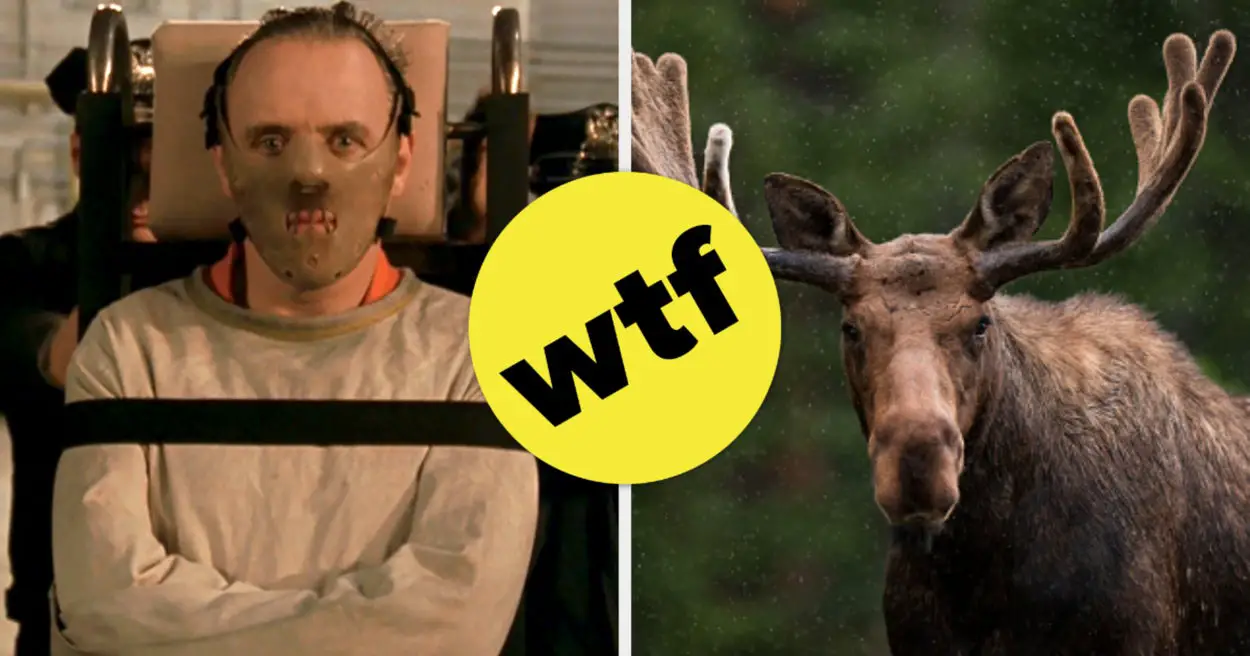A roof is an essential part of any building, providing a protective barrier between the internal and external environments. Unfortunately, there are numerous forces that can cause irreparable damage to this critical structure. Storms, inadequate maintenance, and other factors can all contribute to deteriorating conditions, making it imperative to proactively identify and address any potential issues. To ensure your roof remains in peak condition, it’s wise to familiarize yourself with the major hazards that threaten it and take the necessary steps to fortify against them. With vigilant attention and appropriate preventative measures, your roof will stay steadfast for years to come.
Most common roofing hazards
When it comes to roofing, there are various roofing hazards that can come up, some which include:
1. Weather hazards:
With extreme weather conditions such as heavy rain, high winds, hail, and snowfall becoming increasingly commonplace, it is essential to keep your roof in peak condition with the proper precautions. Constant exposure to these elements can have a detrimental effect on your roof, leading to leaks, cracks, and other issues that compromise its quality and durability. With the right measures taken in advance, you can ward off extensive wear and tear and ensure your roof withstands the test of time.
2. Poor maintenance
Properly maintaining one’s roof is essential to sustaining the overall value of your home and keeping its inhabitants safe from any potential danger. Neglecting routine checks, repairs and even replacement can lead to serious hazardous issues. Small problems such as loose or missing shingles can quickly compound into more substantial damage to the integrity of the structure and can allow water seepage resulting in costly mold and rot. It is thus imperative to undertake regular inspections and be prompt with necessary repair work. Using the highest quality materials when building or remodeling a roof will also ensure that it stands strong for longer periods of time. Invest in your well-being and take proactive steps to maintain your roof – it pays dividends in the long run.
3. Wildlife hazards
Wildlife hazards are a common problem for homeowners and can cause significant damage to your roof. Animals such as squirrels, raccoons, and birds can tear off shingles, create holes, and damage roof flashing leading to water leaks and pest infestations. These animals often take up residence in attics or crawl spaces, so it’s important to inspect these areas regularly in order to identify potential issues before they become serious. Taking preventive measures such as installing screens on vents and keeping vegetation around your home trimmed can help reduce the chances of wildlife entering your property. In some cases, trapping and removal may be necessary if the issue is severe. It is also essential to repair any damaged sections of your roof immediately to prevent further problems from arising. Overall, being aware of the potential risks posed by wildlife is key for preventing costly damages that may arise from their presence in or around your property.
4. Foot traffic
Foot traffic poses a serious risk to the integrity of your roofing system. Walking on a roof is not recommended, as any weight placed on it can lead to damage such as cracks or dents in the shingles and underlayment. These damages can cause water and moisture to seep into the home, leading to leaks and other forms of deterioration. Taking measures to prevent foot traffic is essential for preserving the structural integrity of your roof, as even a single misstep can have disastrous consequences. For example, ensure that any ladders or tools used for routine maintenance are placed away from the edge of the roof, as this will minimize the chance of an accidental slip. Also, consider covering areas exposed to direct sunlight with specially designed walk pads or heavy fabric to reduce heat stress on these locations while providing additional traction when needed. By following these safety precautions and limiting direct contact with your roof, you will be able to protect its components from unnecessary harm while prolonging its lifespan overall.
5. Tree damage
To learn more about roof damage from trees, it’s important to understand how overhanging branches and falling limbs can scratch and puncture your roof, damage shingles, and even dislodge roof tiles or cause parts of your roof to collapse. Tree damage can be an insidious issue for homeowners that is not always immediately visible. Overhanging branches and falling limbs can cause significant damage to a roof, as trees are powerful enough to scratch and puncture shingles, dislodge roof tiles, or even cause parts of the roof to collapse. Such destruction can have dire financial consequences and should be addressed proactively whenever possible.
Regularly trimming any overhanging tree limbs is one way to mitigate such risks, while also pruning deadwood and removing any loose branches that could become projectiles in high winds. Careful consideration should also be taken regarding which species of trees are planted near the house, avoiding larger varieties whose growth could pose a threat over time. Proper maintenance and adequate spacing between trees and roofs can help reduce the risk of costly damages due to tree-related issues.
It’s important to be aware of the most common roofing hazards and take steps to prevent them. Proper maintenance, regular inspections, and timely repairs can help you avoid costly and inconvenient roof damage.
Source link










Leave a Reply